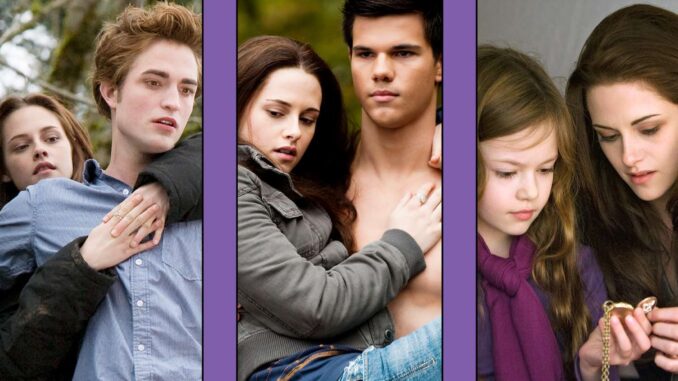
The Undying Spark: Why Twilight Still Reigns Supreme as the Most Iconic Teen Fantasy of the 2000s
The year is 2005. Skinny jeans are clinging, emo music is blaring, and a quiet storm is brewing in the literary world. That storm, of course, was Stephenie Meyer's Twilight, a novel that would not only dominate the young adult landscape for the next decade but would also cement itself as arguably the most iconic teen fantasy of the 2000s. While critics often scoff at its prose and analyze its problematic themes, the fact remains that Twilight sparked a cultural phenomenon that continues to resonate today. Its enduring appeal lies not in its flawless execution, but rather in its potent cocktail of forbidden romance, escapist fantasy, and relatable anxieties, all perfectly timed to capture the zeitgeist of a generation.
One of Twilight's most significant contributions to its iconic status is its mastery of the forbidden romance trope. Bella Swan, the perpetually clumsy and introspective protagonist, finds herself inexplicably drawn to Edward Cullen, a breathtakingly beautiful and eternally seventeen vampire. This central relationship, fraught with danger and moral dilemmas, resonated deeply with a generation grappling with their own desires and boundaries. The idea of loving someone inherently different, someone who represented a risk to oneself, was a powerful metaphor for the tumultuous experience of adolescence. Edward's struggle to control his thirst for Bella's blood, the constant threat of exposing his secret, and the yearning for a life that seemed perpetually out of reach all amplified the emotional stakes, making their love feel both epic and tragically real. This forbidden love, reminiscent of classic tales like Romeo and Juliet, tapped into the universal desire for a transcendent connection, a connection so powerful it could defy the laws of nature and societal expectations.
Furthermore, Twilight offered a potent dose of escapist fantasy during a period of global uncertainty. In the aftermath of 9/11, with anxieties about the economy and the future swirling, the idea of escaping into a world of vampires, werewolves, and ancient secrets proved incredibly appealing. Forks, Washington, a perpetually overcast and secluded town, became a sanctuary where ordinary teenagers could become entangled in extraordinary events. The Cullens, with their superhuman abilities, opulent lifestyle, and eternal youth, represented an alluring alternative to the mundane realities of high school and suburban life. Twilight allowed readers to momentarily escape their own worries and immerse themselves in a world where love was immortal, danger was thrilling, and the possibilities felt limitless. This escapism, fueled by fantastical elements, played a crucial role in the book's initial success and continues to attract new readers seeking a temporary reprieve from the pressures of the real world.
Beyond the romance and fantasy, Twilight also resonated because it tapped into the anxieties and insecurities of the millennial generation. Bella's awkwardness, her self-deprecating humor, and her yearning for acceptance were all incredibly relatable to teenagers struggling with their own identities. The series addressed themes of self-discovery, family dynamics, and the pressure to conform, all filtered through the lens of a supernatural love story. Bella's journey to self-acceptance, her grappling with mortality, and her ultimate choice to embrace her own destiny resonated with readers navigating the complex landscape of adolescence. While often criticized for its portrayal of female empowerment, or lack thereof, Twilight undeniably captured the anxieties and insecurities that defined a generation, solidifying its place in the cultural lexicon.
Of course, Twilight is not without its flaws. Its repetitive prose, its arguably problematic romantic dynamics, and its somewhat limited character development have been the subject of much criticism. However, these flaws are often overshadowed by the book's sheer emotional impact and its ability to connect with readers on a deep, visceral level. The series’ success isn’t contingent on critical acclaim; it’s rooted in its cultural impact and the indelible mark it left on a generation of readers.
In conclusion, Twilight remains the most iconic teen fantasy of the 2000s not because it is a perfect work of literature, but because it perfectly captured the zeitgeist of the era. Its potent combination of forbidden romance, escapist fantasy, and relatable anxieties, coupled with its impeccable timing, created a cultural phenomenon that continues to inspire and resonate today. Twilight gave a voice to a generation navigating the complexities of love, identity, and the world around them. Its enduring appeal, despite its flaws, lies in its ability to transport readers to a world where the impossible feels within reach, where love transcends boundaries, and where even the most ordinary teenager can find themselves at the heart of an extraordinary story. The spark of Twilight may have dimmed slightly, but its influence on teen fantasy and popular culture remains undeniably bright.
